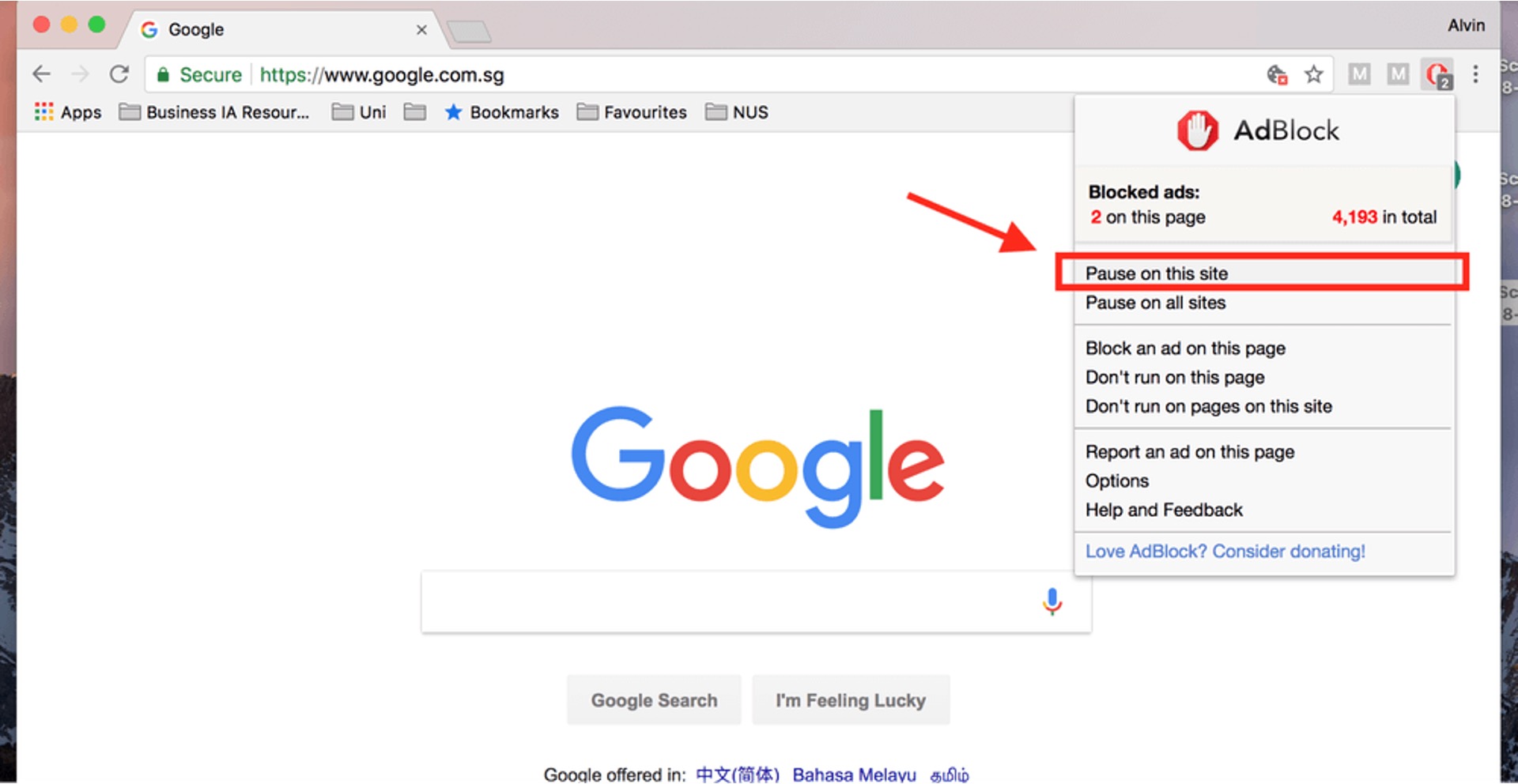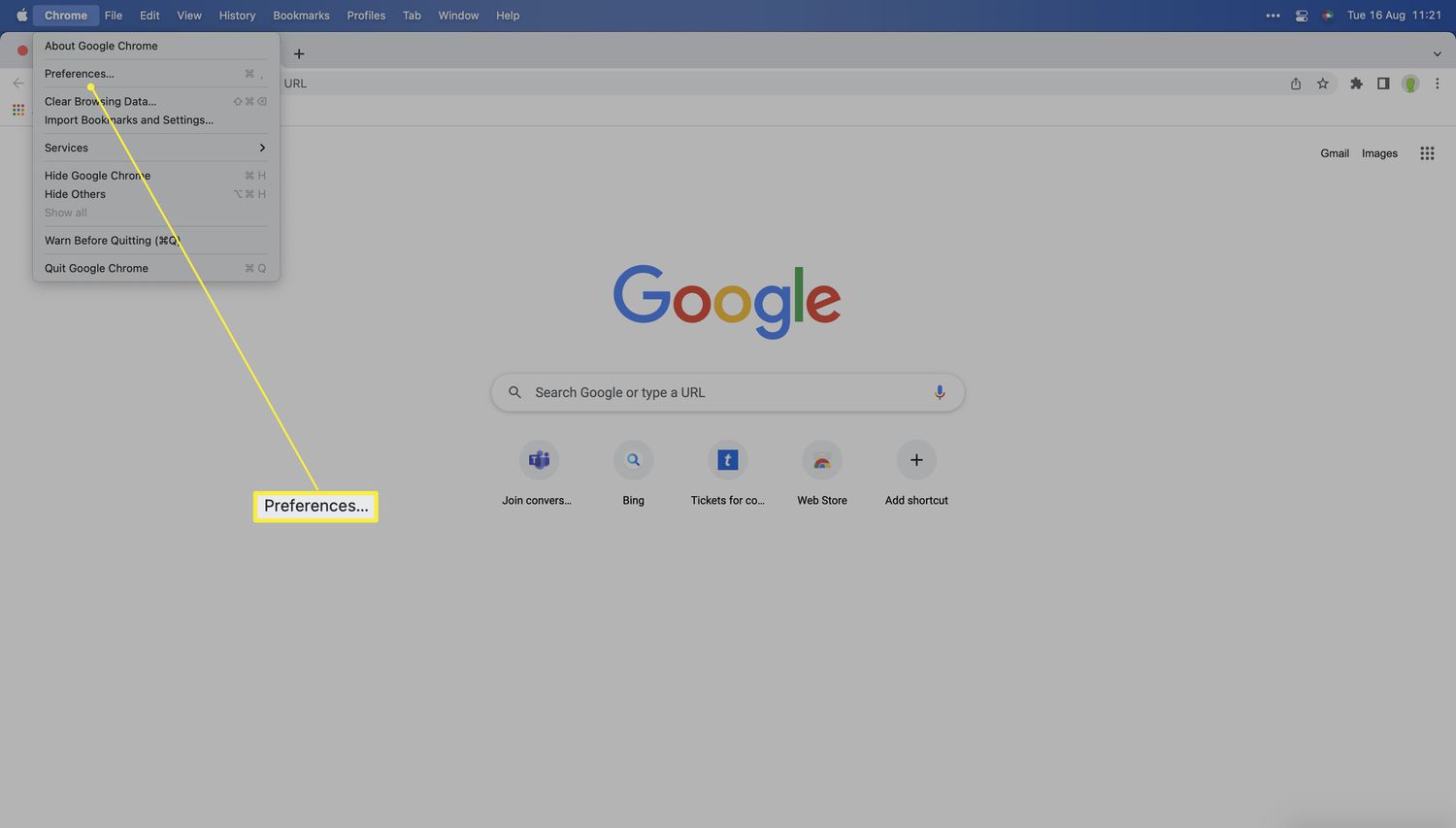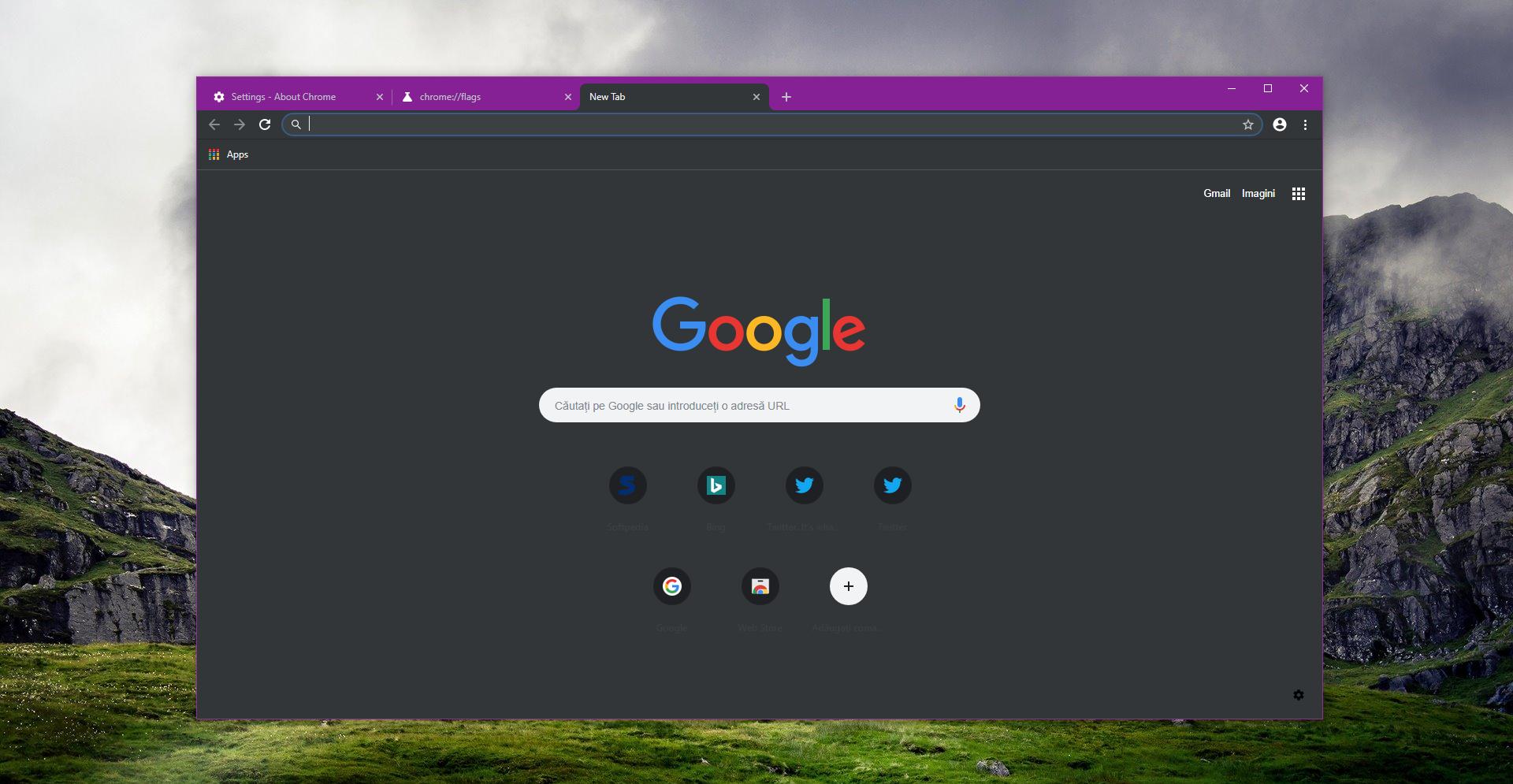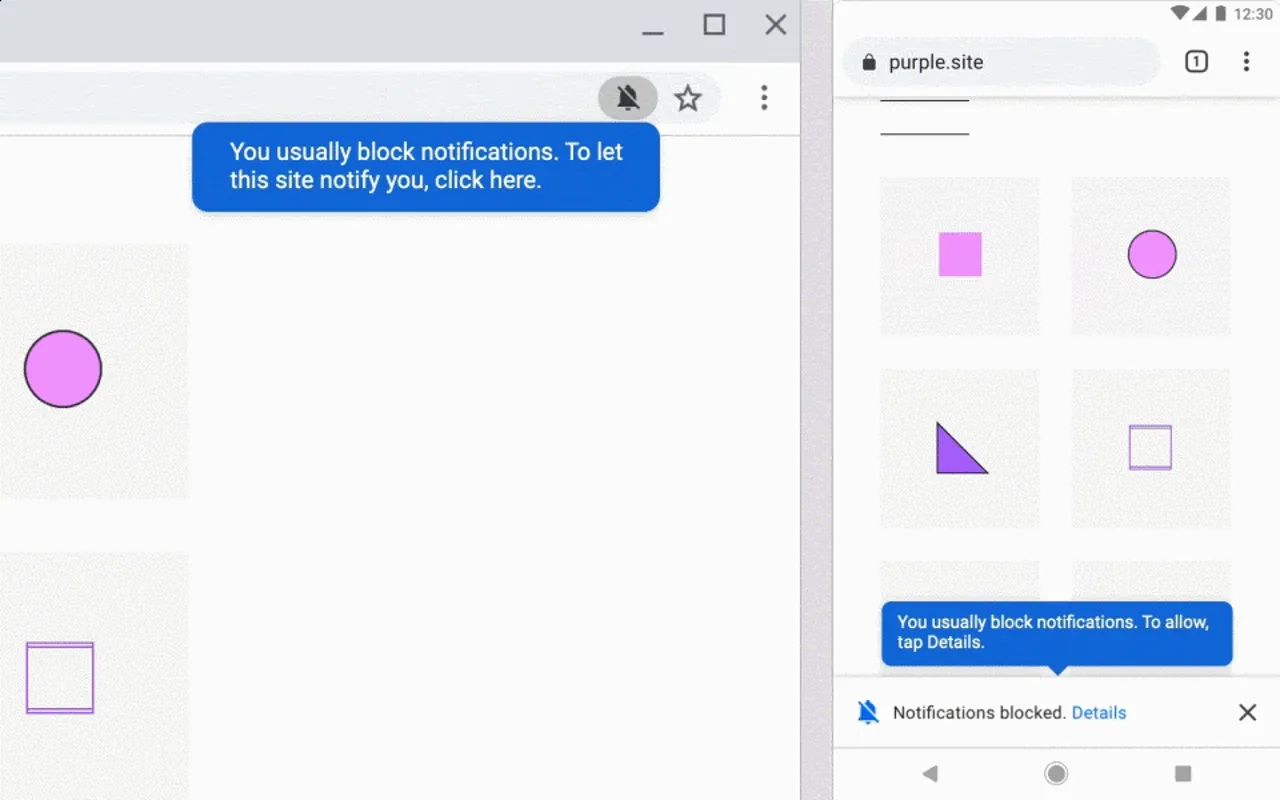Introduction
Google Chrome, one of the most popular web browsers globally, offers a range of features and functionalities to enhance users' browsing experience. Among these features is the ad blocker, a valuable tool for managing and controlling the display of advertisements while surfing the web. With the prevalence of online ads, the ad blocker on Chrome serves as a crucial asset for users seeking a more streamlined and uninterrupted browsing experience.
In this article, we will delve into the intricacies of accessing and customizing the ad blocker on Chrome. Whether you're a seasoned Chrome user or just getting started, understanding how to utilize this feature effectively can significantly impact your online activities. From blocking intrusive pop-ups to managing exceptions for specific websites, the ad blocker on Chrome empowers users to tailor their browsing environment to suit their preferences.
As we navigate through the various aspects of the ad blocker, you will gain insights into its functionalities and learn how to harness its potential to create a more seamless and enjoyable browsing experience. By the end of this article, you will be equipped with the knowledge and tools to take control of your online ad experience, making your time spent on Chrome more efficient and enjoyable. Let's embark on this journey to uncover the hidden gems of Chrome's ad blocker and unlock its full potential.
How to Access the Ad Blocker on Chrome
Accessing the ad blocker on Chrome is a straightforward process that allows users to take control of their browsing experience. Whether you're bombarded with intrusive ads or simply seeking a cleaner interface, the ad blocker provides a solution to streamline your online activities. To access this feature, follow these simple steps:
-
Open Chrome Settings: Begin by launching the Chrome browser on your desktop or mobile device. Look for the three-dot menu icon located in the top-right corner of the browser window. Click on this icon to reveal a dropdown menu.
-
Navigate to Settings: Within the dropdown menu, locate and select the "Settings" option. This will direct you to the Chrome Settings page, where you can explore and customize various aspects of the browser.
-
Access the Privacy and Security Section: On the Settings page, scroll down to find the "Privacy and security" section. Click on this section to reveal a range of privacy and security-related options.
-
Find the Site Settings: Within the "Privacy and security" section, look for the "Site settings" option. Click on this option to access a plethora of site-specific settings that allow you to manage permissions and preferences for individual websites.
-
Locate the Ad Blocker Settings: Once you're in the Site Settings, scroll down to find the "Ads" section. Here, you can enable or disable the ad blocker and access additional settings to further customize your ad-blocking experience.
-
Toggle the Ad Blocker: To activate the ad blocker, simply toggle the switch to the "on" position. This action will enable Chrome's built-in ad blocker, helping to filter out intrusive ads and create a more streamlined browsing environment.
By following these steps, you can easily access the ad blocker on Chrome and begin harnessing its capabilities to enhance your browsing experience. With the ad blocker at your fingertips, you can bid farewell to disruptive ads and enjoy a more seamless and focused online journey.
Customizing the Ad Blocker Settings
Once you've accessed the ad blocker on Chrome, you have the opportunity to customize its settings to align with your browsing preferences. Customization empowers you to fine-tune the ad blocker's behavior, ensuring that it effectively filters out intrusive ads while allowing non-intrusive ones to appear. Let's explore the various ways you can tailor the ad blocker settings to suit your needs.
1. Managing Ad Blocker Preferences
Upon accessing the ad blocker settings, you'll find options to manage your preferences regarding ad blocking. Chrome provides the flexibility to choose between allowing non-intrusive ads and blocking all ads entirely. This level of control enables you to strike a balance between a clutter-free browsing experience and supporting websites that rely on non-intrusive advertising for revenue.
2. Custom Filters and Exceptions
Chrome's ad blocker also allows you to create custom filters and exceptions, giving you granular control over the types of ads that are displayed. By defining specific filters, you can target ads based on their content, source, or format, ensuring that only relevant and non-disruptive ads make their way to your screen. Additionally, the ability to set exceptions for certain websites enables you to whitelist trusted domains, allowing ads to appear unobtrusively while browsing those sites.
3. Ad Blocking Notifications
Chrome's ad blocker settings include the option to enable notifications for blocked ads. These notifications provide transparency regarding the ads that have been filtered out, offering insights into the ad-blocking process. By enabling notifications, you can stay informed about the ads that are being blocked, ensuring that the ad blocker is effectively enhancing your browsing experience.
4. Advanced Ad Blocking Features
For users seeking more advanced ad blocking capabilities, Chrome offers additional features within the ad blocker settings. These features may include the ability to block specific ad formats, such as pop-ups or interstitial ads, further refining the ad-blocking experience to align with your preferences.
Customizing the ad blocker settings on Chrome empowers you to take control of your online ad experience. By leveraging the flexibility and granularity of these settings, you can create a tailored browsing environment that minimizes intrusive ads while allowing non-disruptive advertising to coexist harmoniously. With the ability to manage preferences, create custom filters, set exceptions, and explore advanced features, Chrome's ad blocker settings put the power in your hands to curate a personalized and enjoyable browsing experience.
Managing Exceptions for Ad Blocking
Managing exceptions for ad blocking allows users to fine-tune the ad blocker's behavior by specifying websites for which ad blocking will be disabled. This feature is particularly valuable for users who wish to support specific websites by allowing non-intrusive ads to be displayed while maintaining an ad-free experience on other sites. Chrome's ad blocker provides a straightforward method for managing exceptions, empowering users to customize their ad blocking preferences with precision.
To manage exceptions for ad blocking on Chrome, follow these steps:
-
Access the Ad Blocker Settings: Begin by navigating to the ad blocker settings within Chrome. As outlined in the previous section, the ad blocker settings can be found within the "Site settings" section of the Chrome browser settings. Once you've accessed the ad blocker settings, look for the option to manage exceptions specifically.
-
Add Website Exceptions: Within the ad blocker settings, you'll find the option to add website exceptions. Here, you can input the URLs of specific websites for which you wish to disable ad blocking. By adding website exceptions, you effectively whitelist these sites, allowing non-intrusive ads to be displayed while browsing them.
-
Fine-Tune Exception Preferences: Chrome's ad blocker may also offer additional preferences for managing exceptions. These preferences could include the ability to specify the types of ads that are allowed on whitelisted websites, ensuring that only non-intrusive and compliant ads are displayed while maintaining a clutter-free experience on other sites.
-
Save and Apply Changes: Once you've added website exceptions and fine-tuned your exception preferences, be sure to save and apply the changes. This ensures that the ad blocker's behavior aligns with your specified exceptions, providing a tailored ad blocking experience that reflects your browsing preferences.
By managing exceptions for ad blocking, users can strike a balance between supporting their favorite websites and enjoying an ad-free experience across the web. This level of customization empowers users to make conscious decisions about the ads they encounter, fostering a more personalized and harmonious browsing environment.
Whether you're passionate about supporting independent content creators or simply wish to minimize intrusive ads on specific websites, managing exceptions for ad blocking on Chrome offers a practical and user-friendly solution. With the ability to whitelist trusted domains and fine-tune exception preferences, users can curate a browsing experience that reflects their values and preferences while leveraging the benefits of Chrome's ad blocker.
Conclusion
In conclusion, the ad blocker on Chrome serves as a powerful tool for users to take control of their online ad experience. By accessing and customizing the ad blocker settings, users can create a tailored browsing environment that minimizes intrusive ads while allowing non-disruptive advertising to coexist harmoniously. The ability to manage exceptions for ad blocking further empowers users to support specific websites by allowing non-intrusive ads to be displayed while maintaining an ad-free experience on other sites.
As the digital landscape continues to evolve, the prevalence of online ads has become a ubiquitous aspect of the browsing experience. While ads play a crucial role in supporting content creators and online platforms, they can also disrupt the user experience and detract from the content being consumed. Chrome's ad blocker addresses this challenge by providing users with the tools to filter out intrusive ads, creating a more streamlined and enjoyable browsing experience.
By enabling the ad blocker and customizing its settings, users can strike a balance between supporting websites and maintaining a clutter-free browsing environment. The flexibility to manage preferences, create custom filters, set exceptions, and explore advanced features empowers users to curate a personalized and enjoyable browsing experience. Additionally, the straightforward method for managing exceptions allows users to make conscious decisions about the ads they encounter, fostering a more harmonious online environment.
Ultimately, the ad blocker on Chrome represents a valuable asset for users seeking a more seamless and focused browsing experience. Whether it's blocking intrusive pop-ups, managing exceptions for specific websites, or fine-tuning ad blocking preferences, Chrome's ad blocker puts the power in the hands of users to shape their online ad experience according to their preferences and values.
As we navigate the ever-changing digital landscape, the ad blocker on Chrome stands as a testament to the browser's commitment to empowering users and enhancing their online activities. By harnessing the capabilities of the ad blocker, users can navigate the web with greater efficiency, focus, and control, ensuring that their browsing experience aligns with their individual preferences and values.

























